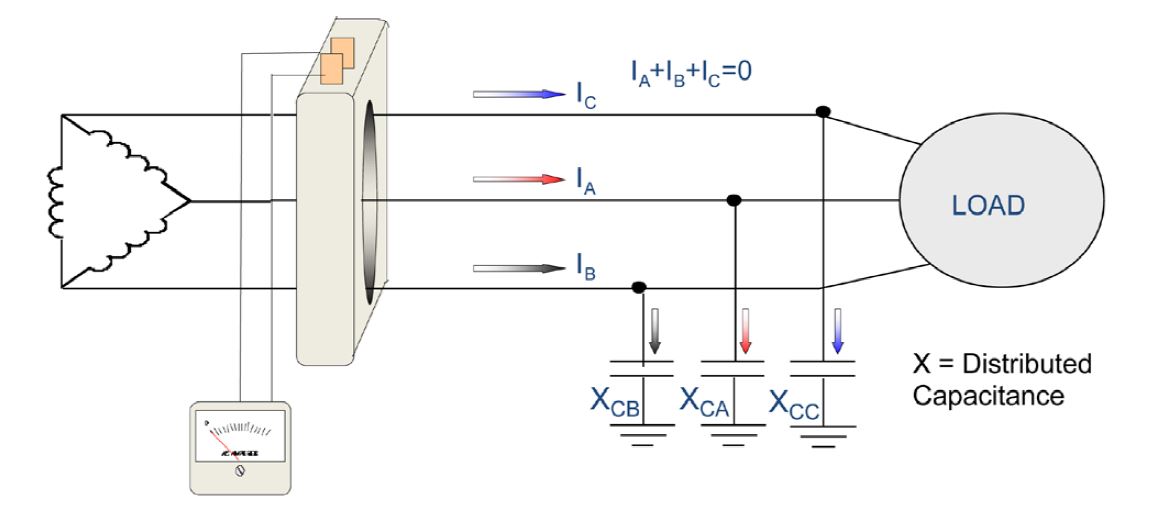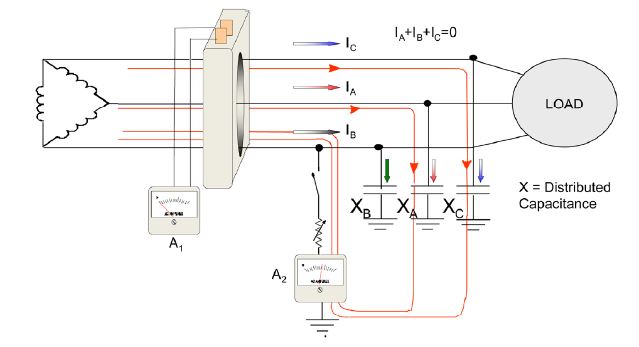The charging current I’m talking about would be the one between un-shorted phases and ground when there is a short to ground in one of the phases in a distribution network or facility. I'm not talking about the charging current in a transmission network where transmission lines at extremely high voltage accumulate charge between them and may possible increase the voltage (specially if the system is not designed properly).
Please see this web page section “Estimating”. The current they are trying to estimate there is the one that I would like to define and understand. Also see this paper
Every article I have seen about estimating charging current takes for granted that the reader knows what charging current is and how it originates, and doesn't properly define it before explaining how to measure or estimate it.
I have been reading and the best definition I have found so far is :
"Each phase of a three-phase system exhibits a certain amount of distributed capacitance to ground, shown here as three capacitors. A capacitive current flows through these (1). If one of the phases shorts to ground causing a ground fault, the charging current for the other two phases will flow through the ground fault (2)."
Apparently the way to directly measure charging current in small ungrounded systems (in which the charging current value is under 10 A) is to short one of the phases to ground and measure the current. As seen:
What is hard for me to understand intuitively is what I have marked as (1) and (2) on the definition:
(1) There is current flowing(leaking) out the circuit to ground from each of the phases even when there are no faults and the value of this current is several Amps! Mind-blowing!!!
(2) If I short a phase to ground. What I will see is the charging current from the other 2 phases coming from ground to my shorted phase through ammeter A2. And what about the current supplied by the utility and that was normally flowing through the phase I have just shorted? What happened to it?
(3) Will ammeter A1 continue to measure 0 after I short one of the phases? Why?


